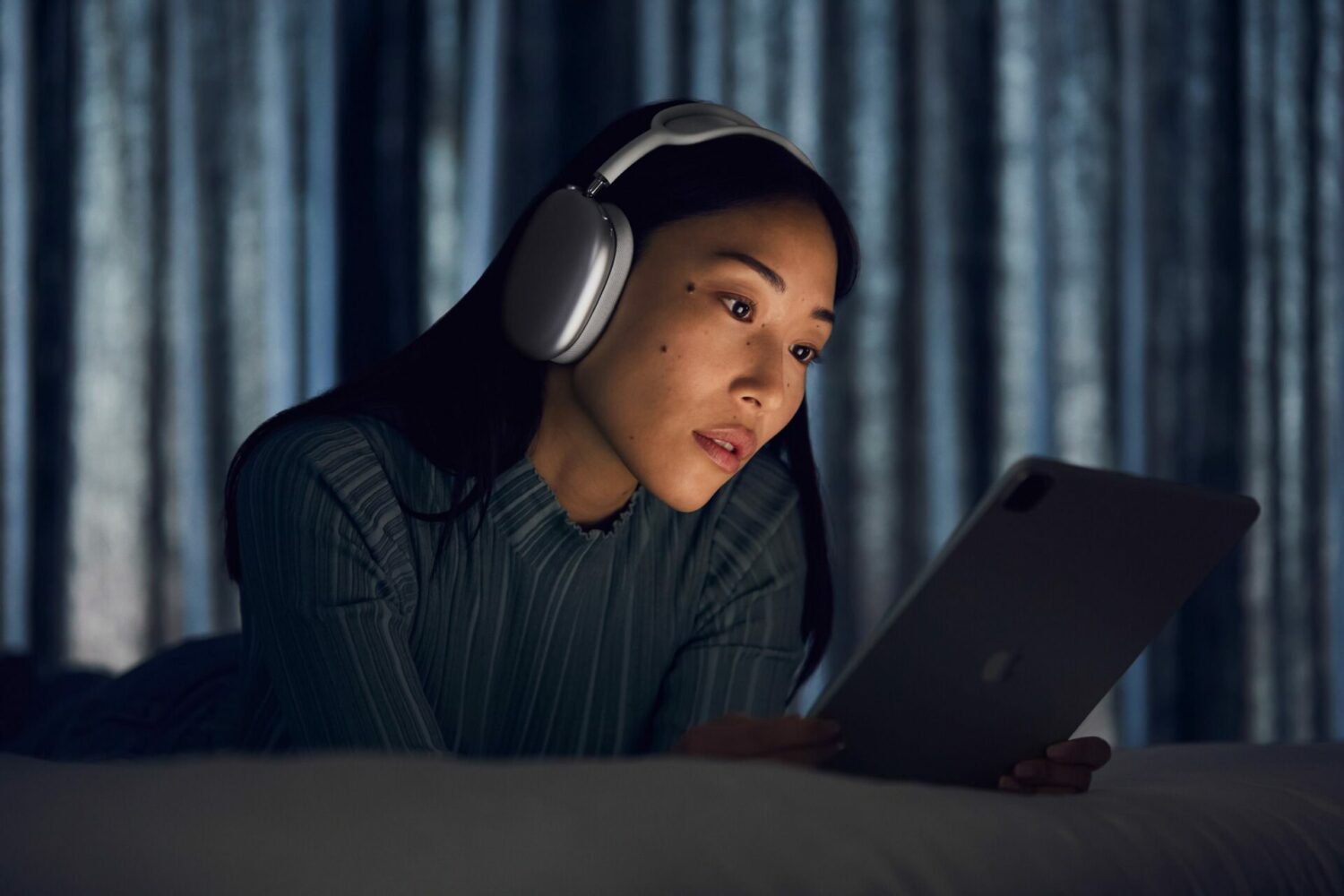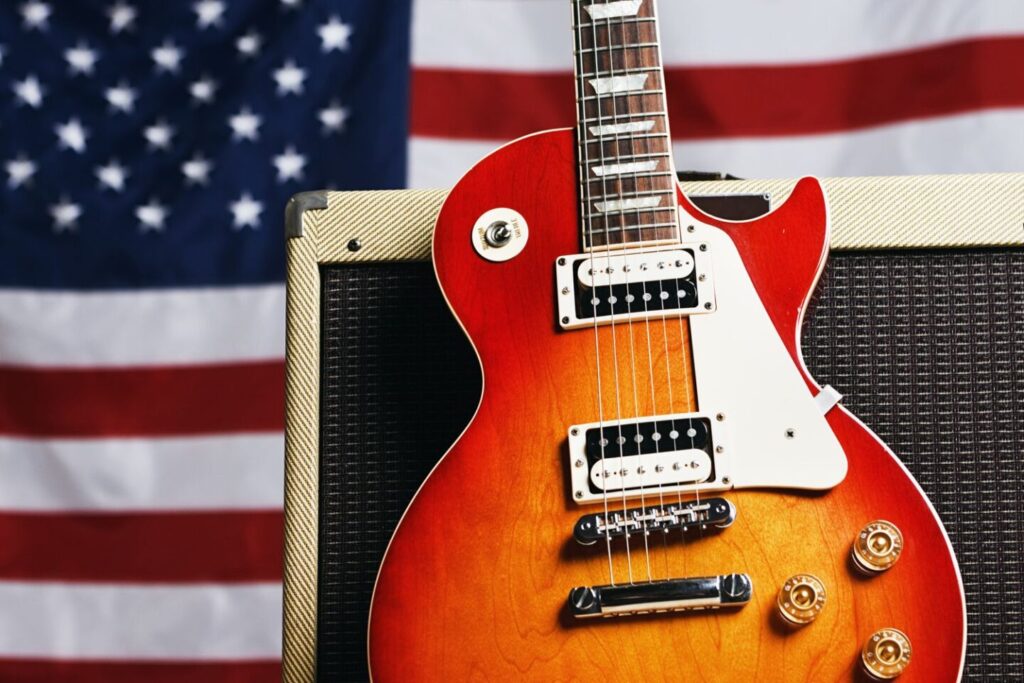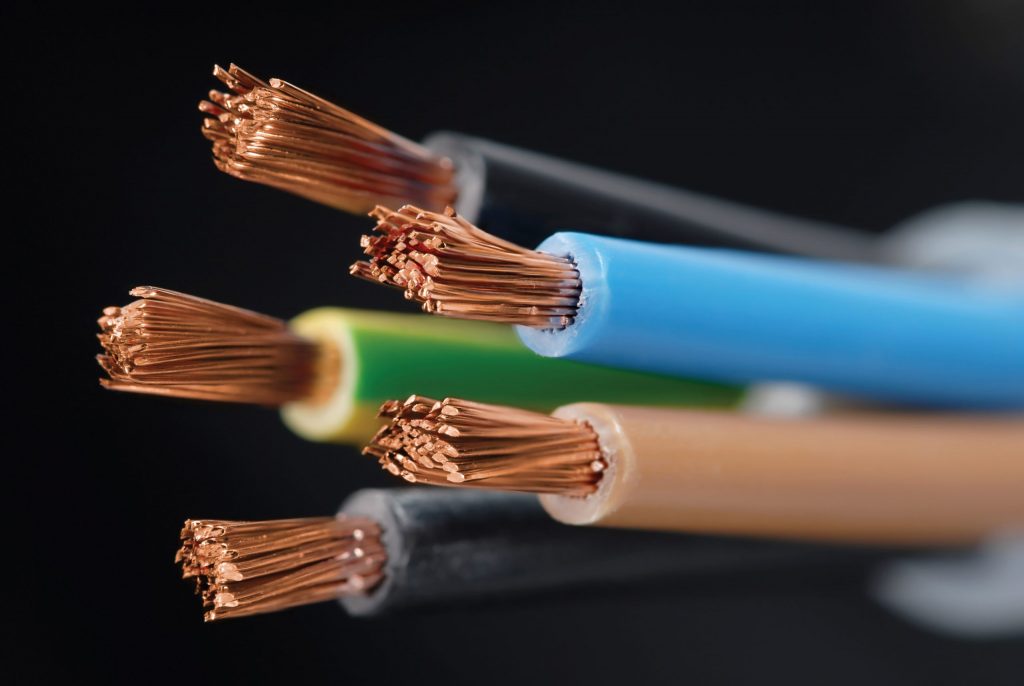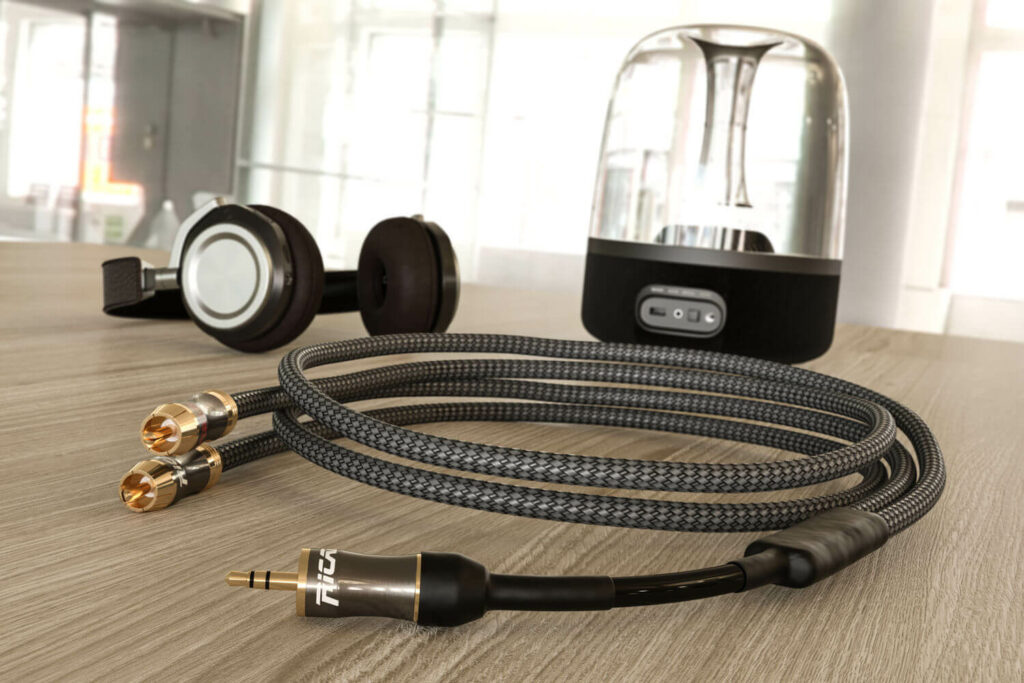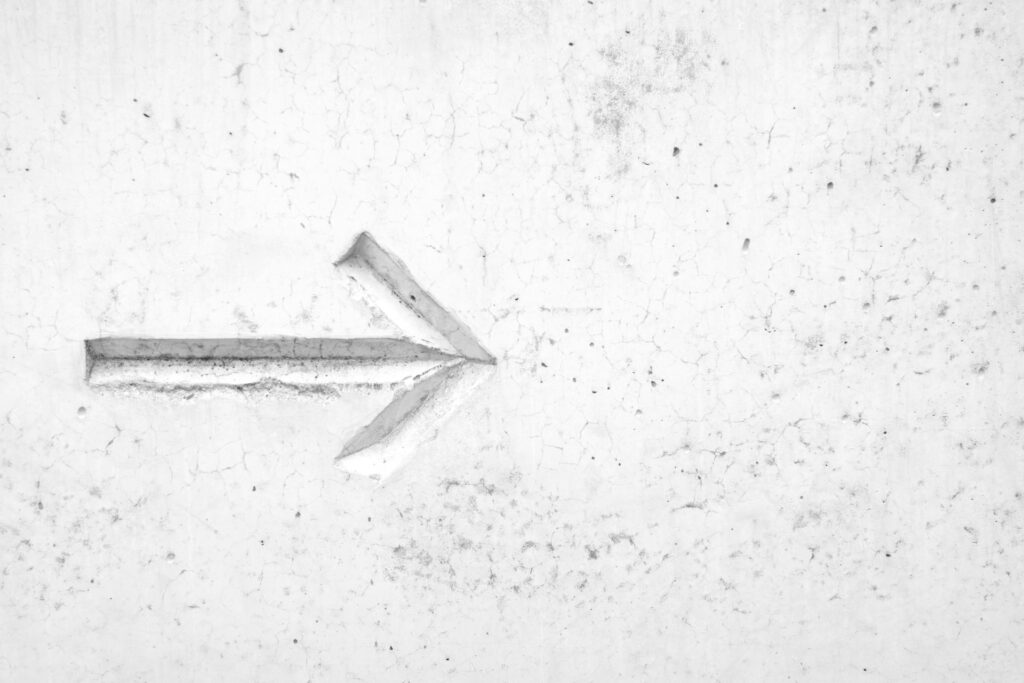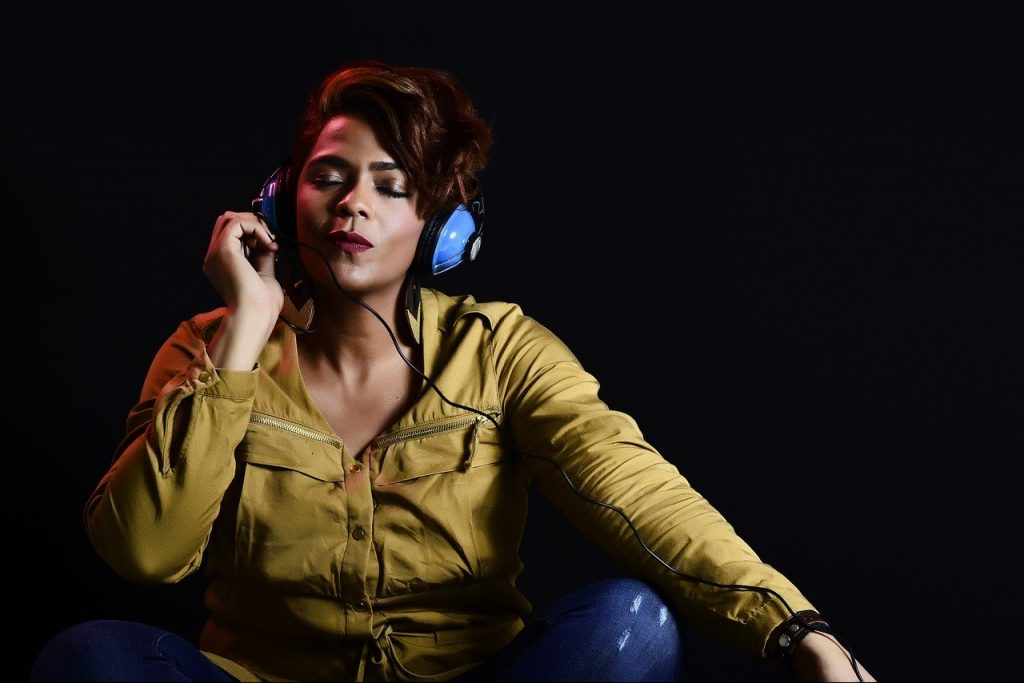A few days ago, Apple announced Space Audio with Dolby Atmos for its music streaming platform Apple Music, which boasts a catalogue of seventy-five million songs. This should ensure that users can enjoy the tracks in an even more immersive way. Not only that. A lossless audio listening mode will also be introduced, instead of the current one limited to the 256 kbps AAC compressed format. The upgrade will not only be available to everyone, but will also be free of charge. What has made some customers turn up their noses, and gives us some interesting insights, is the fact that AirPods, AirPods Pro and AirPods Max will not support the new lossless format via Bluetooth due to the limitations of this type of connection. Spatial Audio with Dolby Atmos, on the other hand, is a different matter, and AirPods Pro and Max already support it via Bluetooth.
What is ALAC?
ALAC is an acronym and stands for Apple Lossless Audio Codec. This is an audio codec developed directly by Apple in order to obtain lossless data. Lossless audio formats are those that are not compressed or are subjected to this type of treatment, but the final quality remains the same as the original audio. The quality is good, although the format is not as efficient as FLAC in terms of file weight. Clearly, the ALAC extension is mainly supported by players produced by Apple.
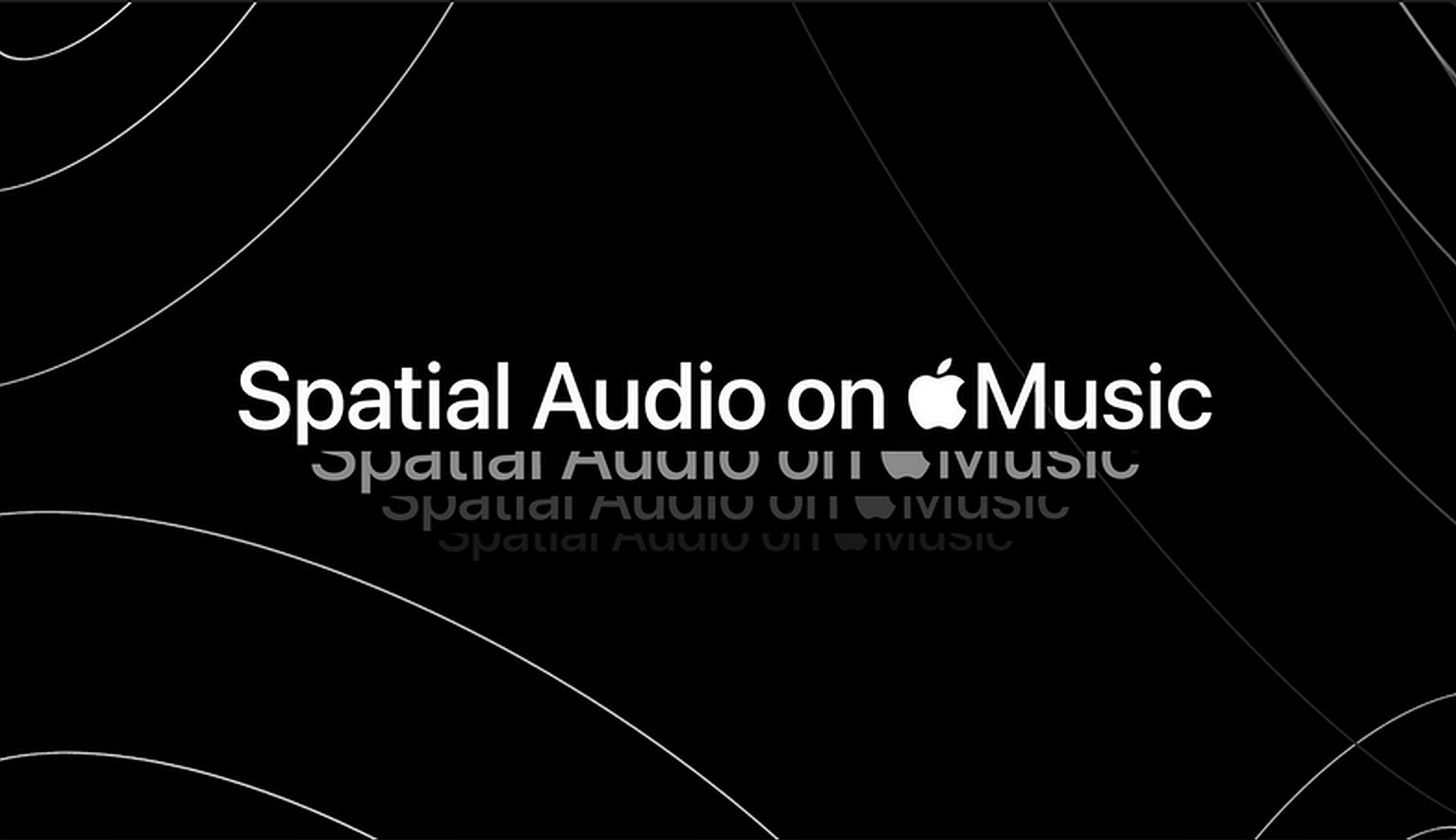
Quality leap on Apple Music
Spatial Audio will give artists the opportunity to create immersive audio experiences for their fans with crisp, multi-dimensional sound. This is a big leap forward from the current situation. Right now, Apple Music offers a compressed AAC format at 256 kbps. Soon, Apple will instead offer three levels of higher resolution audio. These are:
- CD quality (16 bit / 44.1 kHz)
- Apple Music Lossless (24 bit / 48 kHz)
- Hi-Res Lossless (up to 24 bit / 192 kHz)
From June 2021, Apple Music's entire catalogue will be available in CD quality or Apple Music Lossless. "Only" 20 million tracks will initially be available in Hi-Res Lossless format, but many more will be added gradually.
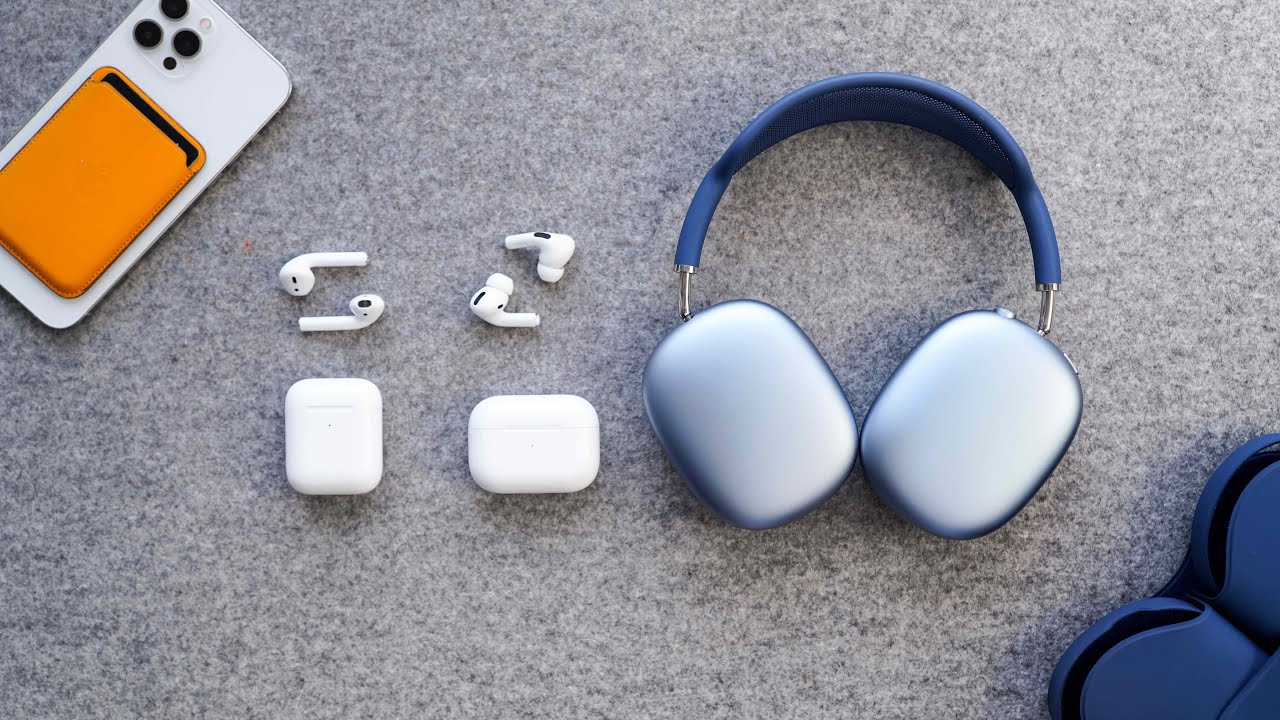
All that glitters is not lossless audio
As mentioned, both lossless and Spatial Audio content will be provided to customers without any upward reshaping of the offer. A big step forward for Apple, for customers, for music, for everyone, so far. The excitement cooled, however, when Apple announced that AirPods, AirPods Pro and AirPods Max will not support the new format via Bluetooth, due to the insuperable limitations of this type of connection.
AirPods and AirPods Pro, which only use Bluetooth with AAC codec, cannot play ALAC format. Apparently, it will not be possible to enjoy this new audio format via Lightning connection either. As the official document statesThe Lightning to 3.5mm audio cable is designed to allow AirPods Max to connect to analogue sources. However, due to the analogue-to-digital conversion in the cable, playback will not be completely lossless. Listening to lossless audio with iOS devices therefore requires ALAC-compatible earphones or headphones and an external DAC connected. To counterbalance the disappointed customers, there are those who, legitimately, wonder how many are actually able to distinguish between standard and lossless tracks with devices that, in any case, for a significant list price, deal with high fidelity in a rather sideways way. The same official Apple document specifies that the difference between the standard audio of Apple Music and the lossless audio will be "virtually indistinguishable".
The importance of a good Hi-Fi cable
We have already written about this in the past how important good wiring is in a hi-fi system.. This news of the arrival of lossless audio on Apple Music reminds us how important the connection between one piece of electronics and another is. In this case, the distinction between a wired and a non-wired connection is the decisive factor. But we know that the difference between a bad cable and a good one can also be significant. In fact, perhaps even more so, given that it is not a limitation of signal quality that is at stake, but interference, deterioration, distortion and more. To get the ideal cabling for your system (without exaggerating), we suggest you take a look at our catalogue or contact us. with the methods you prefer.

